The Hottest Place on Earth Could Be Getting Hotter
Published Jan. 29 2024, 11:02 a.m. ET
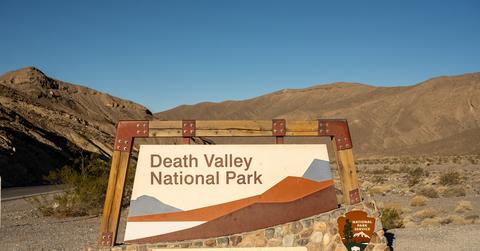
Death Valley is known as the hottest place on the planet, having reached a record-high temperature of 134 degrees in 1913. The sunbaked desert is considered the driest place in the U.S., and reaches temperatures in the 120s during a regular summer.
Death Valley, located in California's Mojave Desert, isn’t the only desert on the planet. So you may be thinking: What makes Death Valley so much hotter than other deserts? It turns out there are several reasons — and yes, the climate crisis and global warming are factors.
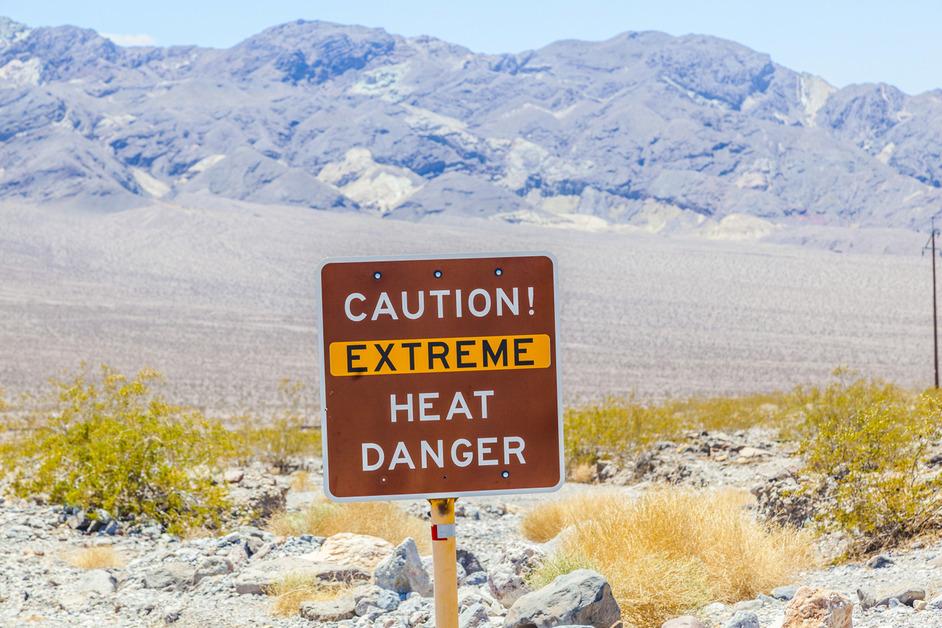
Why is Death Valley so hot?
The high temperatures in Death Valley have a lot to do with the shape of the landscape. According to the National Park Service, located at 282 feet below sea level, the narrow valley is lined with steep mountains that deflect any heat back into the valley, essentially making it a container for warmth.
Although hot air rises, according to the National Park Service, the air in Death Valley cools before it can escape over the mountains, meaning it ends up sinking back into the valley, and then becomes warm again from the air pressure.
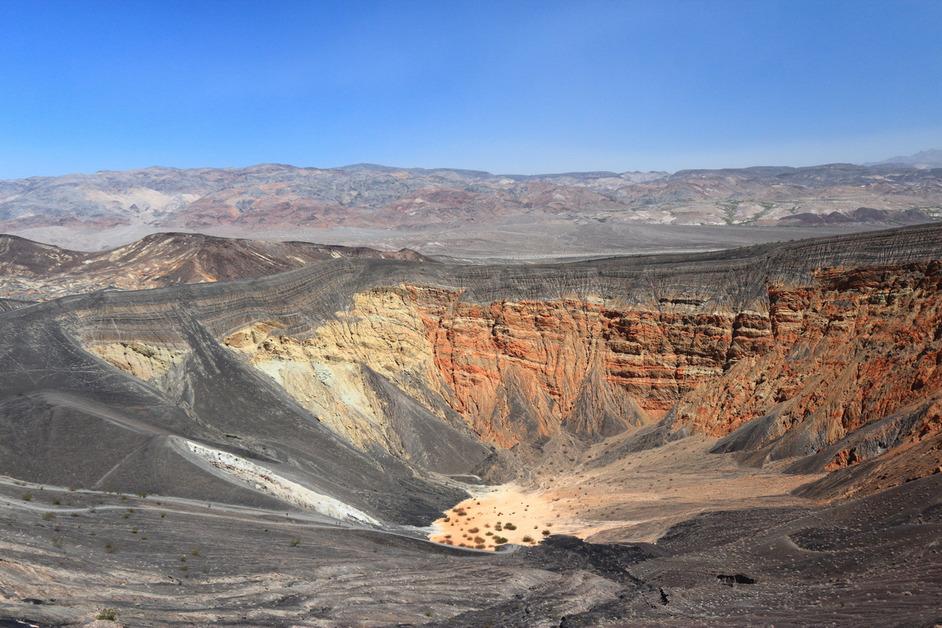
We know that Death Valley has always been hot, but global warming is causing an uptick in temperatures at an unnatural rate. Seven out of the last 10 summers in Death Valley were the hottest on record, per Adventure Sports Journal.
Death Valley National Park Management Analyst Abby Wines told Adventure Sports Journal in January 2024: “Death Valley has set multiple daily, monthly, and annual records in recent years. I’ve been here 18 years and every summer feels hotter.”
The heat isn't the only problem that’s coming with global warming. Natural disasters, such as hurricanes and flooding, have also wreaked havoc in the valley. Because the valley’s soil is so dry, it can’t absorb water like other landscapes can. Therefore, when it rains even just a couple of inches, all the water rushes downward to the lowest points.
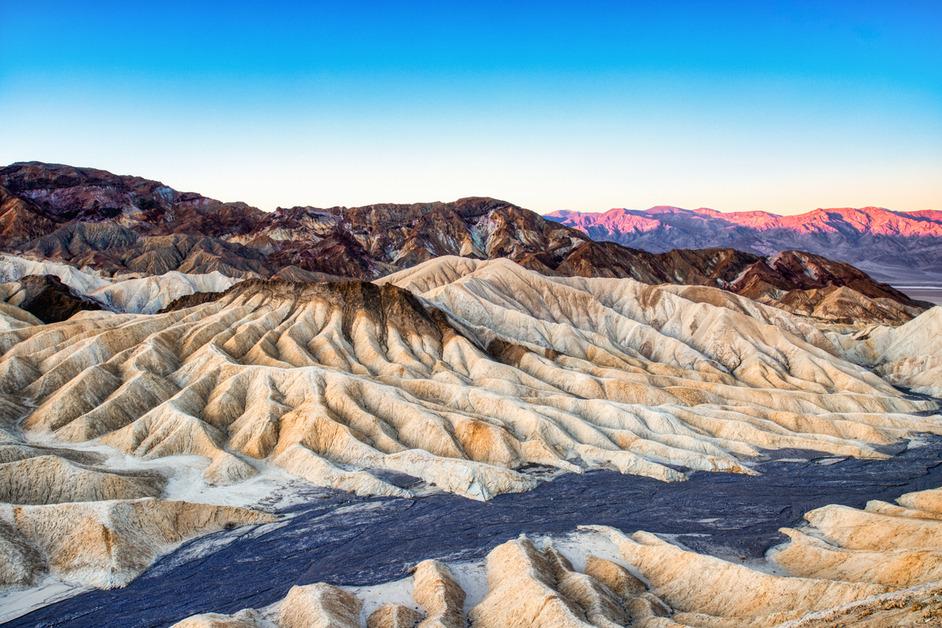
During Hurricane Hillary, Highway 190, the scenic route that many visitors take through the valley, was completely flooded and the park had to evacuate. Wines told Adventure Sports Journal, “By the time the second wave came, there was no way for anyone to get out of or come into the park for 24 hours. We couldn’t get an ambulance or even an air ambulance in; we were completely isolated.”
Extreme weather events like this can put the flora and fauna of the valley at major risk of extinction. As temperatures increase, trees that have stood in the park for over 1,000 years are showing signs of death. The western megadrought, along with the increase in wildfires and temperature, have pushed the trees past a critical threshold and caused a resurgence in the bark beetle population, a major threat to the trees, per The Washington Post.
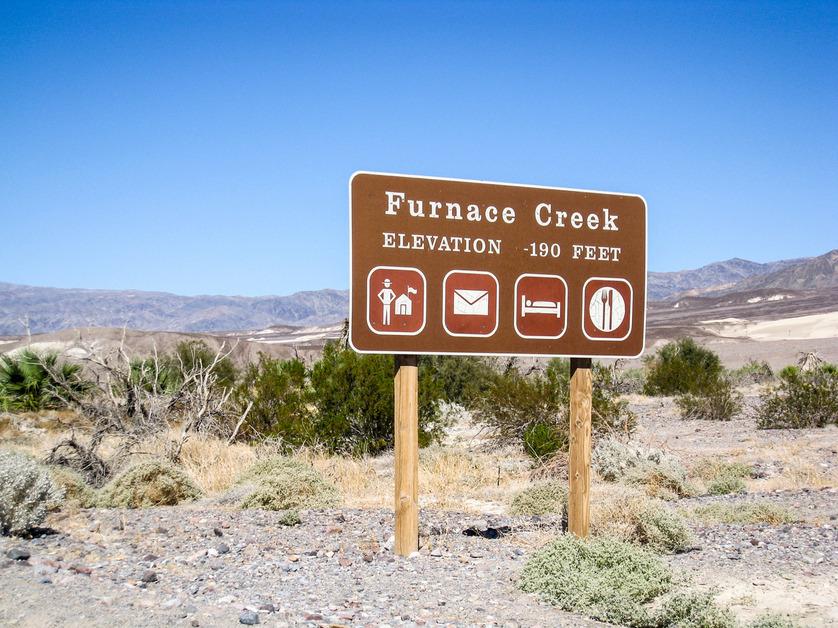
Death Valley is known as the hottest place on earth, and has broken various heat records.
As the hottest place on the planet, Death Valley has seen some pretty extreme high temperatures in the past century. In July 1913, Death Valley reached 134 degrees Fahrenheit, which is the the highest recorded temperature ever on Earth, per PBS. Since then, the desert’s high temperatures have reached up to 131 degrees, per Statista.
According to Yale Climate Connections, when looking at Earth’s top-10 highest and reliably recorded temperatures, Furnace Creek in Death Valley is home to the top three hottest record temperatures, and seven out of the 10 records overall.